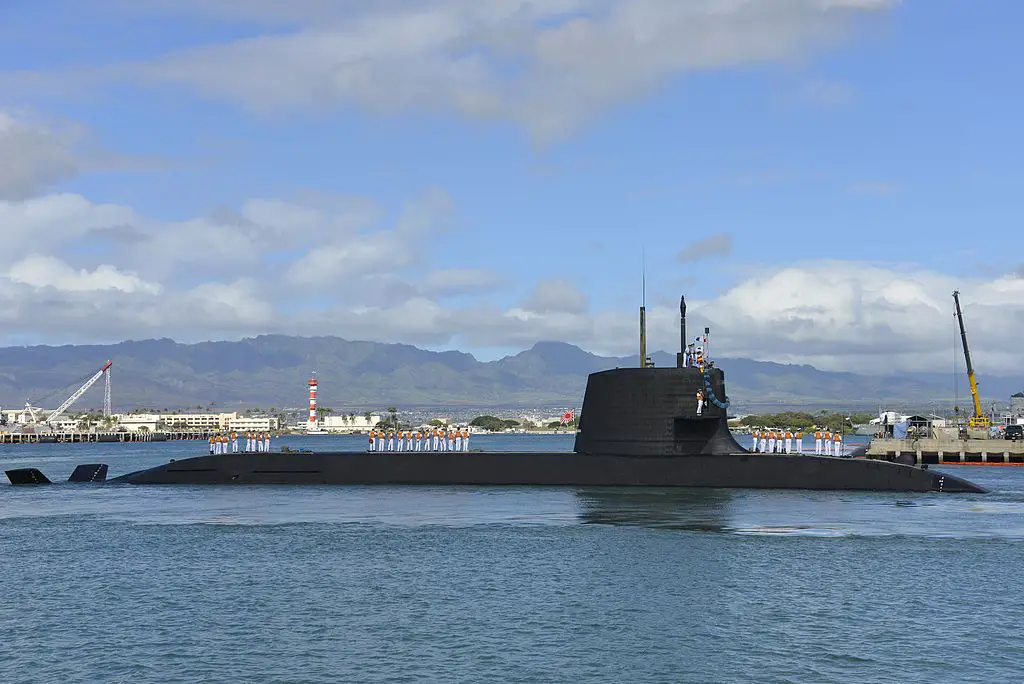The SÅryÅ«-class submarines (16SS) are diesel-electric attack submarines. The first boat in the class entered service with the Japan Maritime Self-Defense Force (JMSDF) in 2009. Japanese submarines since World War II were named after ocean currents. The JMSDF changed its naming convention with the SÅryÅ«, and submarines will now be named after mythological creatures. SÅryÅ« (ãã†ã‚Šã‚…ã†) means blue dragon in Japanese and shares its name with the World War II aircraft carrier SÅryÅ«, sunk during the Battle of Midway. The SÅryÅ«s have the largest displacement of any submarine used by post-war Japan. It is Japan’s first air-independent propulsion submarine.

From SÅryÅ« to ShÅryÅ« are fitted with Kockums Naval Solutions Stirling engines license-built by Kawasaki Heavy Industries, allowing them to stay submerged for longer periods of time. Furthermore, ÅŒryÅ« is the world’s first lithium-ion battery submarine. The cost of the sixth submarine (KokuryÅ«) was estimated at 540 million USD. The design is an evolution of the Oyashio-class submarine, from which it can most easily be distinguished by its X-shaped stern combination diving planes and rudders. The eleventh SÅryÅ«-class submarine (ÅŒryÅ«) is the first Japanese submarine in the fleet to mount lithium-ion batteries.

Lithium-ion batteries have almost double the electric storage capacity of traditional lead-acid batteries, and by not only replacing them in the existing battery storage areas but adding to the already large battery capacity by also filling the huge space (several hundred tons displacement) inside the hull previously occupied by the AIP Stirling engines and their fuel tanks with these new batteries, the amount of (more powerful) batteries carried overall is massive. This has improved the underwater endurance significantly and is felt will be an advantage over the slow recharge capability of the AIP system. In any event, JMSDF believes that lithium-ion is the way forward and intends to ‘trial’ this new system and compare it to the previous AIP system for operational effectiveness.















